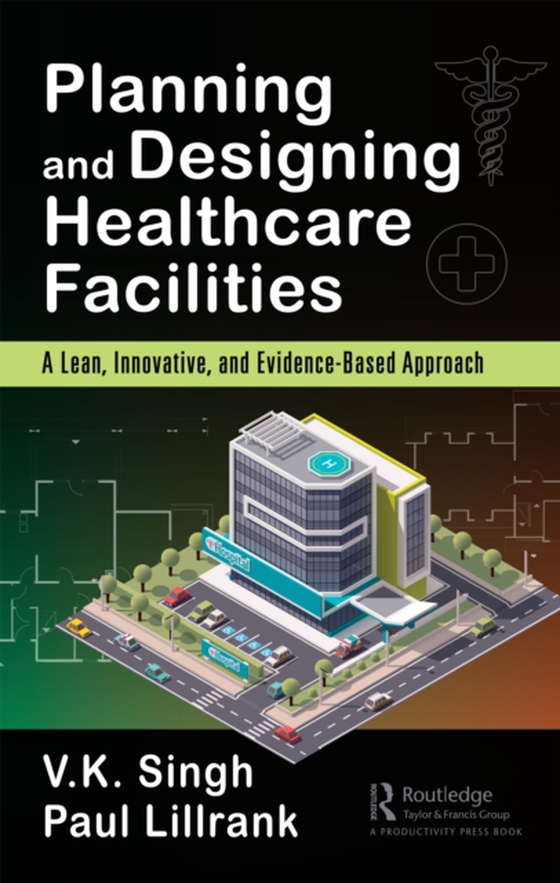
Planning and Designing Healthcare Facilities e-bog
546,47 DKK
(inkl. moms 683,09 DKK)
The planning and design of healthcare facilities has evolved over the previous decades from "e;function follows design"e; to "e;design follows function."e; Facilities stressed the functions of healthcare providers but patient experience was not fully considered. The design process has now crucially evolved, and currently, the impression a hospital conveys to its patients and com...
E-bog
546,47 DKK
Forlag
Productivity Press
Udgivet
30 oktober 2017
Længde
246 sider
Genrer
Production and quality control management
Sprog
English
Format
epub
Beskyttelse
LCP
ISBN
9781315393483
The planning and design of healthcare facilities has evolved over the previous decades from "e;function follows design"e; to "e;design follows function."e; Facilities stressed the functions of healthcare providers but patient experience was not fully considered. The design process has now crucially evolved, and currently, the impression a hospital conveys to its patients and community is the primary concern. The facilities must be welcoming, comfortable, and exude a commitment to patient well-being. Rapid changes and burgeoning technologies are now major considerations in facility design. Without flexibility, hospitals face quicker obsolescence if designs are not forward-thinking. Planning and Designing Healthcare Facilities: A Lean, Innovative, and Evidence-Based Approach explores recent developments in hospital design. Medical facilities have been adapted to the requirements of clinical functions. Recently, the needs of patients and clinical pathways have been recognized. With the patient at the center of the process, the flow of tasks becomes the guiding principle as hospital design must employ evidence-based thinking, and process management methods such as Lean become central. The authors explain new concepts to reduce healthcare delivery cost, but keep quality the primary consideration. Concepts such as sustainability (i.e., Green Hospitals) and the use of new tools and technologies, such as information and communication technology (ICT), Lean, and evidence-based planning and innovations are fully explained.
 Dansk
Dansk

